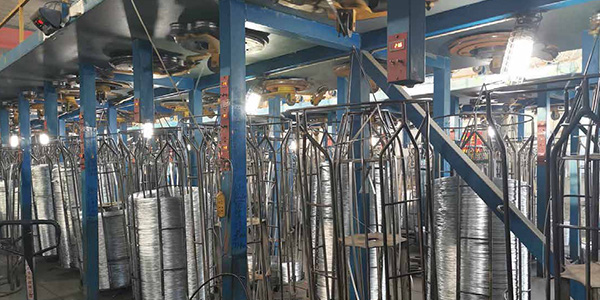- Industrial zone, South of Anping Town, Hengshui, Hebei, China.
- sales@hfpetromesh.com
- +86-18931809706
Factors Influencing the Cost of Heavy Duty Steel Grating and Price Comparison Options
The Cost of Heavy-Duty Steel Grating A Comprehensive Overview
Heavy-duty steel grating has become an essential component in various industrial applications, including construction, manufacturing, and infrastructure projects. This versatile product is favored for its strength, durability, and ability to withstand heavy loads, making it an ideal choice for walkways, platforms, and drainage systems. However, understanding the pricing of heavy-duty steel grating is crucial for businesses and contractors looking to budget their projects effectively.
Factors Influencing Pricing
The price of heavy-duty steel grating can vary significantly based on several key factors. First and foremost, the material composition plays a critical role. Heavy-duty steel grating is typically made from carbon steel, stainless steel, or aluminum, with carbon steel being the most affordable option, followed by stainless steel and aluminum, which are more expensive but offer better corrosion resistance. The specific type of steel used will directly impact the overall cost.
Another significant factor is the grating's design and specifications. Heavy-duty grating comes in various shapes, sizes, and load-bearing capacities. Gratings that require custom fabrication or complex designs naturally come at a higher price. Additionally, the thickness of the steel bars and the spacing between them can affect both the load-bearing capacity and the cost. Generally, thicker and more closely spaced bars will be more expensive, reflecting the increased material and manufacturing costs.
Manufacturing Processes and Volume
The manufacturing process also contributes to the pricing of heavy-duty steel grating. Different production methods, such as welded, pressure-locked, or swaged grating, have varying costs associated with them. For instance, welded grating tends to be more popular due to its strength and durability but may be costlier than other types. The manufacturing volume can also impact pricing; bulk purchases often come with discounts, making it more economical for larger projects.
heavy duty steel grating price

Market Conditions and Supplier Variability
Market conditions can lead to fluctuations in the prices of heavy-duty steel grating. Changes in the cost of raw materials, such as steel, can significantly impact pricing. Additionally, geopolitical factors, trade tariffs, and economic shifts can also play a role in determining the cost. Buyers should remain aware of these conditions when planning their purchases.
Moreover, supplier variability is an essential consideration. Different suppliers may offer different prices based on their manufacturing capabilities, location, and distribution networks. It is advisable for buyers to request quotes from multiple suppliers to compare prices and ensure they are receiving a fair deal.
Additional Costs to Consider
When budgeting for heavy-duty steel grating, it is essential to factor in additional costs beyond the purchase price. Shipping and handling fees can vary, especially for large and heavy items, and may significantly impact the total expenditure. Additionally, installation costs should also be considered, as proper installation is crucial for ensuring the grating performs effectively and safely.
Conclusion
In summary, the price of heavy-duty steel grating is influenced by various factors, including material type, design specifications, manufacturing processes, and current market conditions. To secure the best value, buyers should conduct thorough research, compare suppliers, and consider all associated costs. By doing so, businesses can effectively budget their projects and select the most suitable grating options for their needs, ultimately leading to safe and efficient infrastructure solutions.
-
The Power of Pyramid Shaker Screen - A 3-Dimensional SolutionNewsOct.24,2024
-
Exploring the Versatility and Durability of Steel GratingNewsOct.24,2024
-
Revolutionizing Drilling Efficiency with Steel Frame Shaker Screens for Mud Shale ShakersNewsOct.24,2024
-
Potential of Shale Shaker ScreensNewsOct.24,2024
-
Offshore Pipeline Counterweight Welded Mesh - Reinforced Mesh in Marine EngineeringNewsOct.24,2024
-
Revolutionizing Offshore Pipeline Stability with Concrete Weight Coating MeshNewsOct.24,2024
